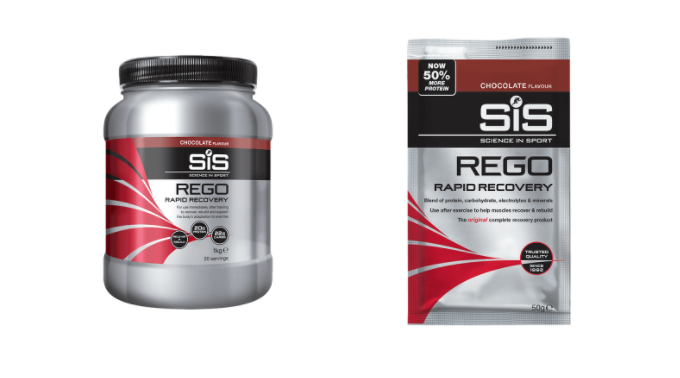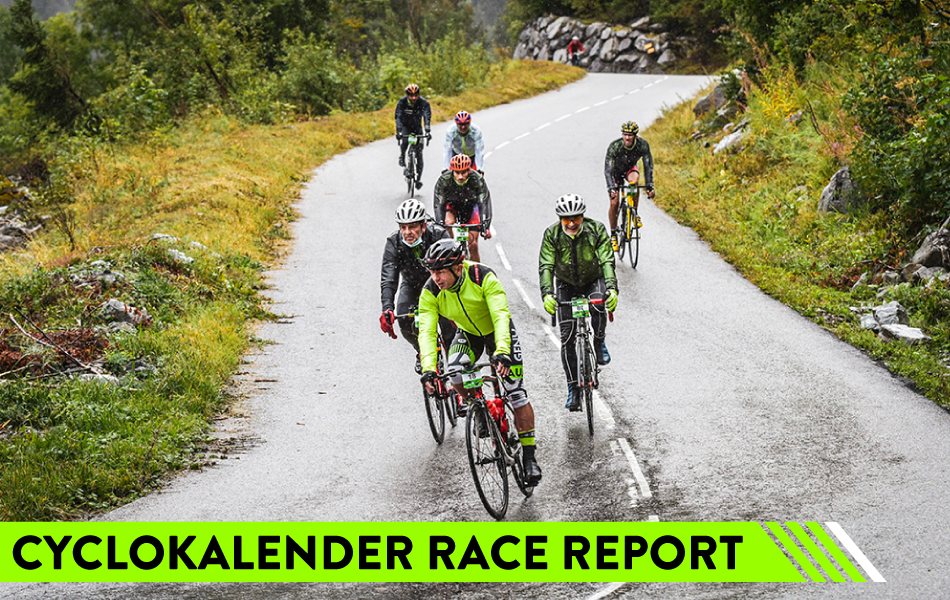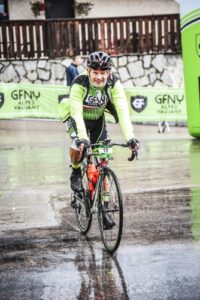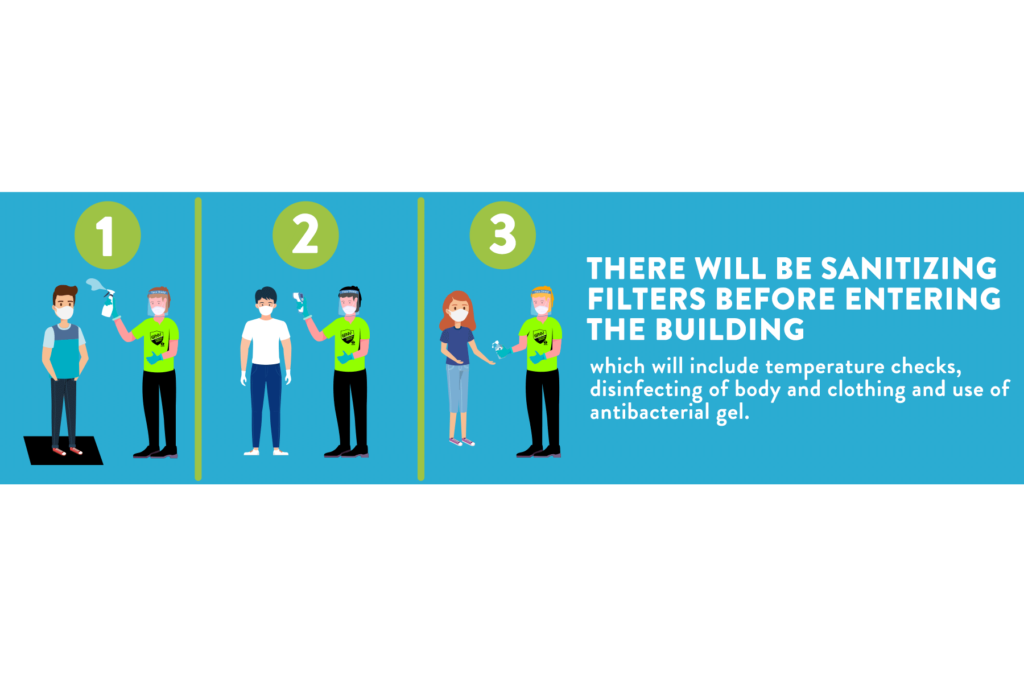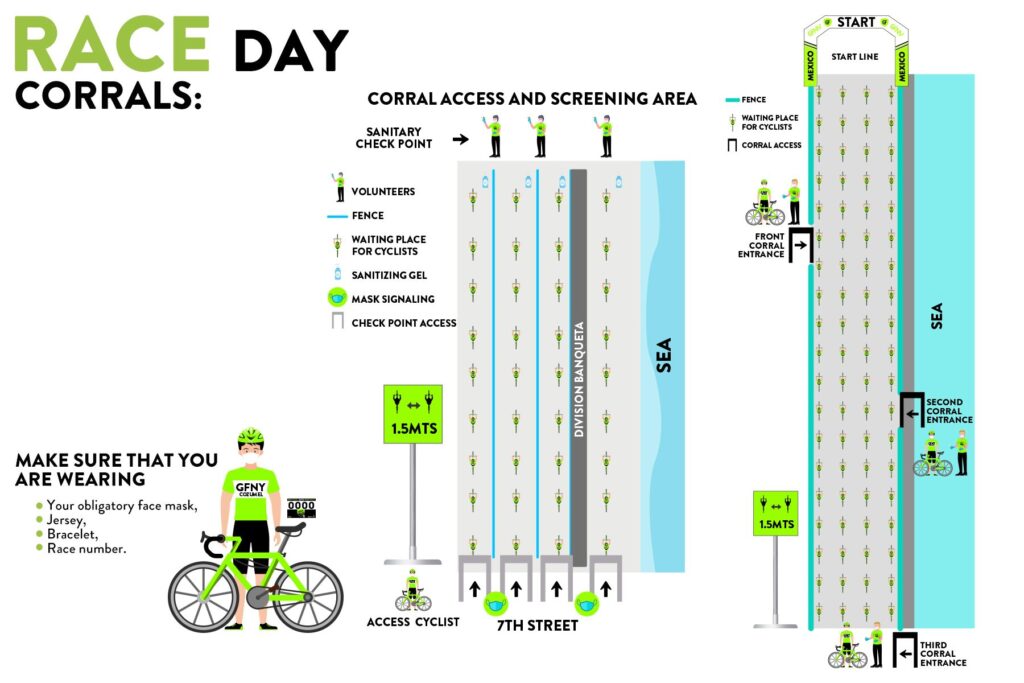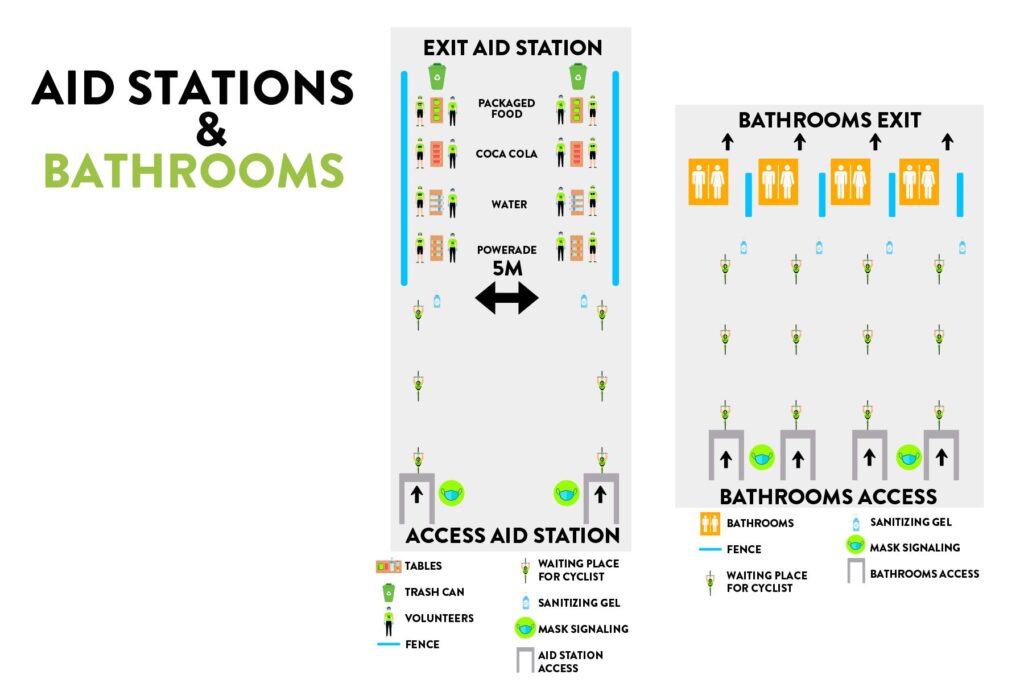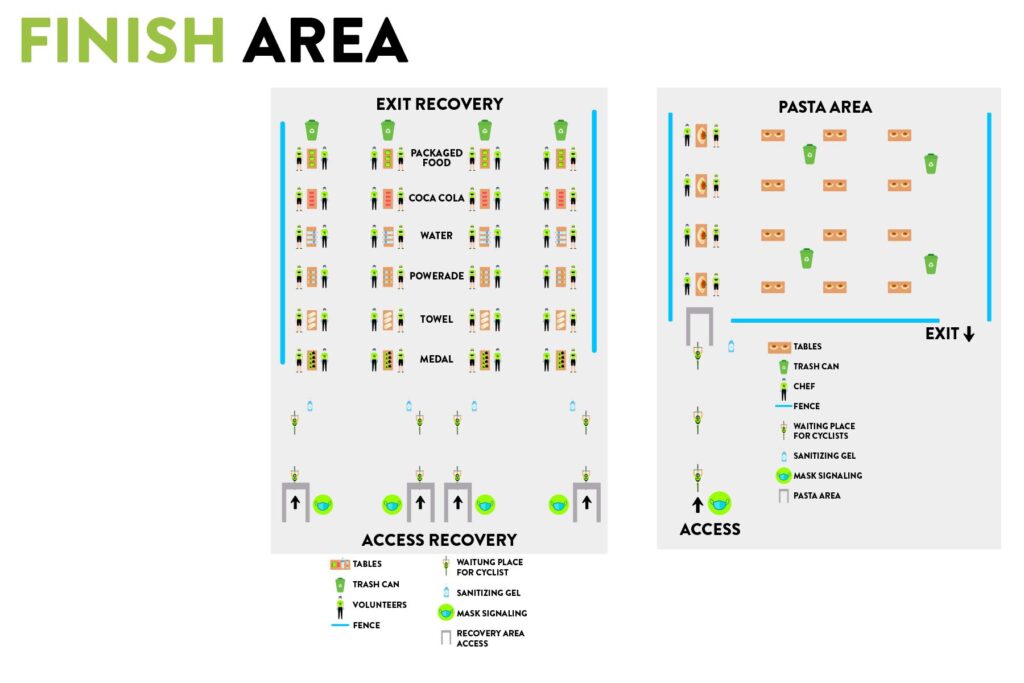GFNY Cozumel está CONFIRMADO. El estado de Quintana Roo aprobó GFNY Cozumel para el 8 de noviembre de 2020.
GFNY Cozumel está tomando una serie de precauciones para mantener seguros a los pasajeros, el personal y los voluntarios de GFNY. Las medidas incluyen el distanciamiento social, modificar aspectos de la carrera para evitar congregaciones de personas y evitar la contaminación de las superficies.
REGISTRO / RECOGIDA DE PAQUETES

Para ingresar al área de recogida de paquetes de la exposición y la carrera de este año, deberá hacer una reserva visitando este enlace gfny.cc donde podrá elegir un día y una hora apropiados para su conveniencia. Este año, a todos los participantes se les enviarán exenciones por correo electrónico, que deberá imprimir, firmar y llevar al área de recogida de paquetes de la carrera. Para este año, solo se le permite traer a un amigo o familiar dentro del área de exposición, ya que habrá un límite de capacidad máxima. Asegúrese de llegar no más de 10 minutos antes de la hora de reserva.
A su llegada al área de exposición de GFNY Cozumel, nuestro personal implementará algunas medidas sanitarias que incluirán controles de temperatura, desinfección de ropa y pies y uso de gel antibacterial. El uso de mascarillas es obligatorio para ingresar al área de exposición y debe usarse en todo momento. Asegúrese también de respetar todos los requisitos de distanciamiento social. Pedimos que todos nos ayuden a completar estos nuevos protocolos sanitarios para la seguridad de todos.
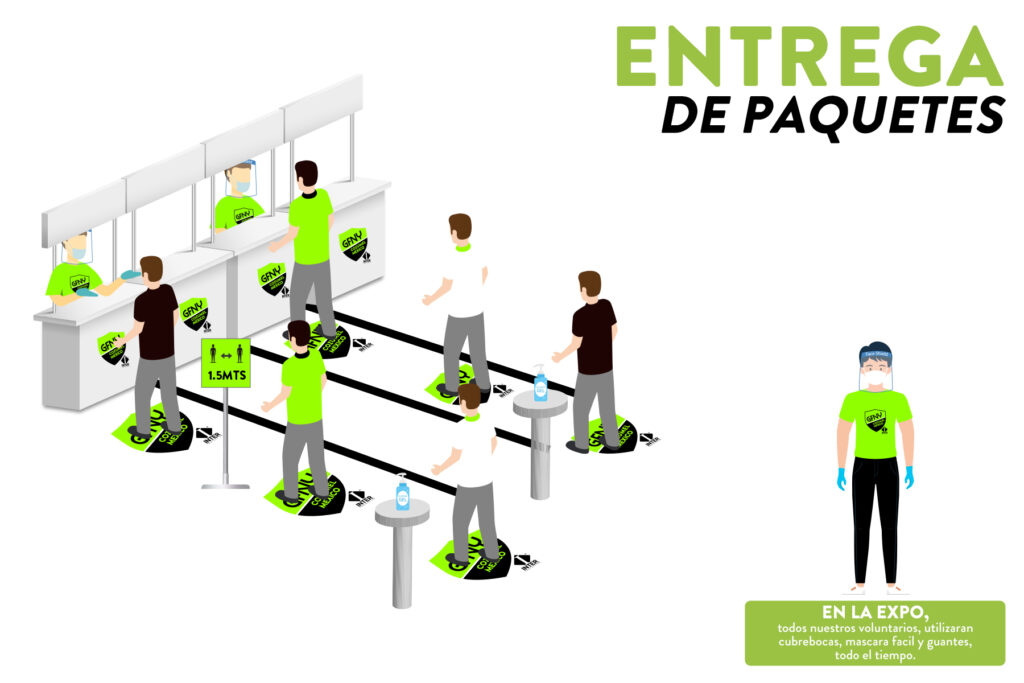
RECOGIDA DEL PAQUETE DE CARRERA
Todos los participantes podrán escanear con su teléfono un código QR especial donde podrá encontrar su número de dorsal de participante. Los códigos QR se colocarán fuera y dentro del área de la exposición para ayudar a evitar cualquier punto de contacto.
Una vez que haya llegado al área principal de recogida de paquetes, notará un espacio ampliado con más líneas mientras espera para recoger su número de carrera y su bolsa de regalos. Por favor asegúrese de respetar todas las regulaciones de distanciamiento social que estarán claramente marcadas. Nuestro personal contará con equipo sanitario completo que incluye mascarillas, viseras y guantes para poder entregarte tu paquete de carrera de manera higiénica. Para este año, todas las bolsas de regalos incluirán un bolígrafo GFNY que puede usar para firmar documentación adicional y nuestro famoso muro de inicio de sesión.
Como siempre, la revista GFNY Cozumel se enviará por correo electrónico a todos los participantes antes de la carrera y también incluiremos códigos QR para que todos puedan descargarlos en el área de la exposición.
Tenga en cuenta que todos estos nuevos protocolos sanitarios son para evitar reuniones de grandes multitudes y para un distanciamiento social seguro. Todos tendrán un límite de tiempo máximo dentro del área de exposición para que todos tengan tiempo suficiente para disfrutar de la experiencia mientras están adentro.
DÍA DE LA CARRERA
CORRALES DE INICIO

¡El gran día finalmente ha llegado! Para garantizar la seguridad de todos nuestros participantes, hemos establecido filtros sanitarios especiales antes de ser permitidos dentro de sus corrales de salida. Cuente con un espacio ampliado dentro de sus corrales de observación, así como con todos los puntos de acceso para un distanciamiento social seguro. Para acceder a los corrales de salida, nuestros voluntarios de GFNY controlarán que se completen todos los protocolos. Asegúrese de tener las camisetas oficiales de la GFNY 2020, los números de carrera, el brazalete y su máscara facial.
Una vez que se le haya otorgado acceso dentro de los corrales de inicio, busque el corral correcto, que será del color de su pulsera. Asegúrate de estar a una distancia social segura mientras esperas dentro de tu corral y mantén tu máscara hasta que comience la carrera. Una vez que comience la carrera, puede quitarse la mascarilla, pero guárdela en el bolsillo trasero de su maillot, ya que la necesitará para ingresar a cualquiera de nuestros avituallamientos o al área de meta después de la carrera. haga arreglos o traiga solo lo necesario para su carrera.
ESTACIONES DE AYUDA
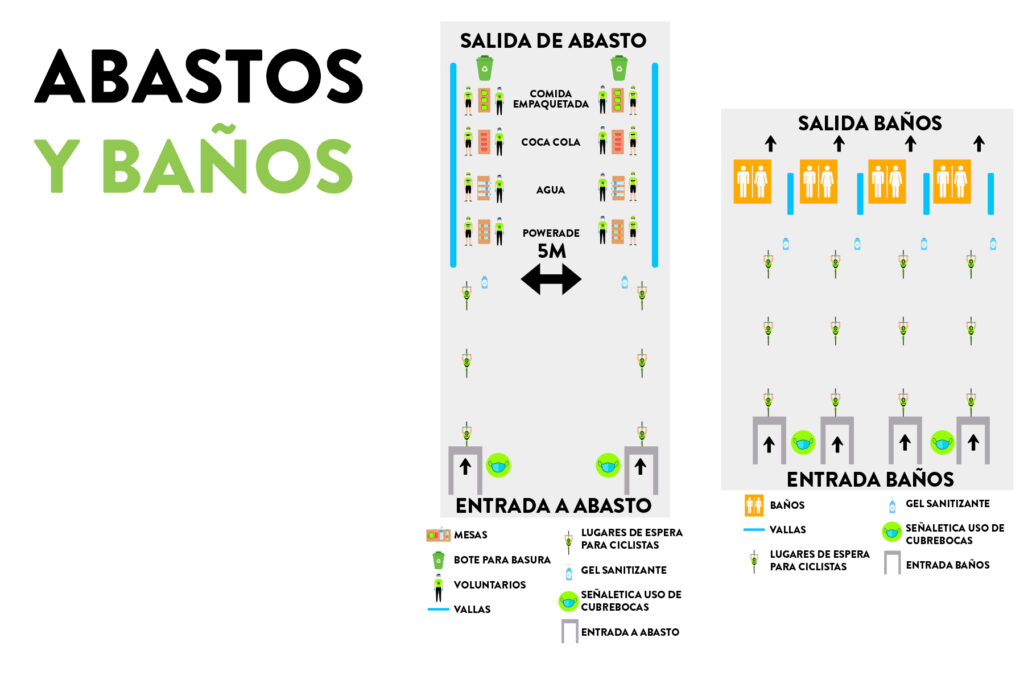
¡Tomar un respiro! Sabemos que las carreras son muy exigentes para tu cuerpo, por eso queremos que te concentres en la carrera. Para la tranquilidad de todos nuestros participantes todos nuestros avituallamientos incluirán todos las medidas sanitarias y de seguridad como el uso obligatorio de mascarillas y el distanciamiento social seguro.
Todas las estaciones de ayuda se ampliarán con múltiples líneas de acceso y un flujo de tráfico en un solo sentido. Toda la comida preenvasada se colocará en nuestras mesas ampliadas, que podrá tomar y llevar.
Cada punto de servicio contendrá todas las opciones de alimentos e hidratación disponibles para reducir la necesidad de mudarse de lugar o acercarse a otro pasajero.
Todos los alimentos se envasarán de forma individual por motivos de higiene. Las tazas estarán precargadas. El equipo de la estación de socorro hará el llenado de botellas y las verterá en la botella del ciclista para evitar la contaminación de la superficie.
Nuestro personal de GFNY se encargará de rellenar toda la comida de las mesas según nuestros nuevos protocolos sanitarios. Nuestros equipos de limpieza también desinfectarán periódicamente las mesas, los baños y todos los puntos de contacto.
También invitamos a todos los participantes a traer su propia comida y bebida este año, lo que también les ayudará a tener un tiempo de llegada más rápido.
INODOROS PORTÁTILES
Los baños portátiles se instalarán en un flujo unidireccional con un camino de entrada y salida. Habrá desinfectante de manos disponible.
DESPUÉS DE LA LLEGADA
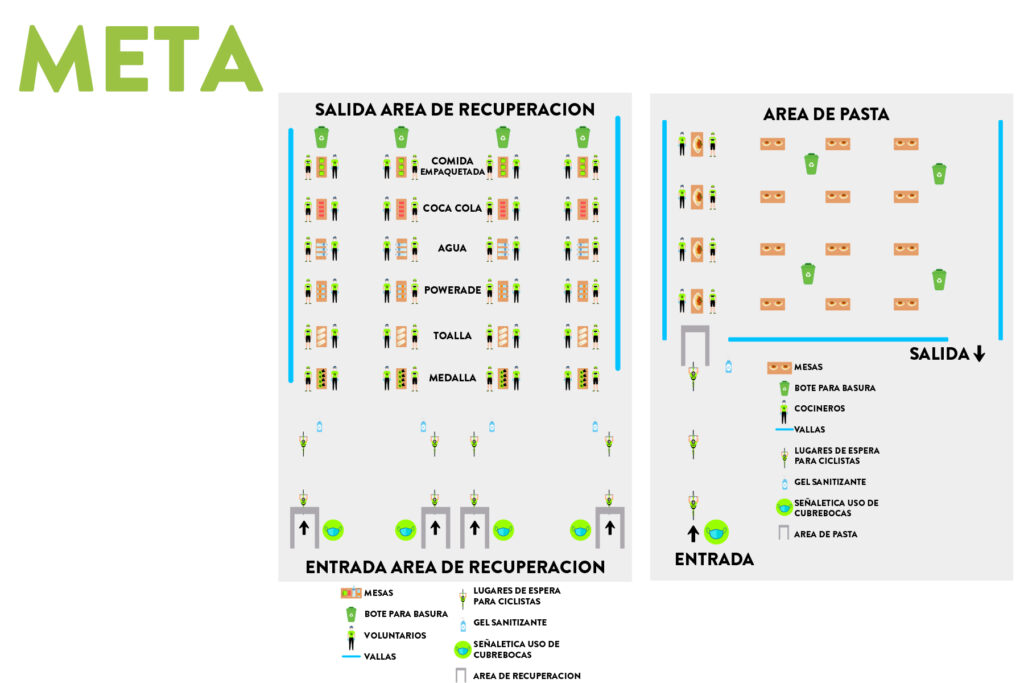
Congratulations! You’ve crossed the finish line. Once you have finished your race our volunteers will hand you your finisher medal make sure you’re wearing your face mask and will then guide you to our amplified recovery area with more access points and expanded tables for safe social distancing. You will be able to grab your recovery food and drinks while our volunteers restock all tables according to sanitary protocols. Just like every year you can count on our medical team ready on standby should any emergency arise.
Nuestro área de pasta este año se ampliará aún más, incluyendo más mesas, sillas y espacio para todos. Para mantener esta área controlada, pedimos que todos mantengan las mesas y sillas en sus ubicaciones actuales para un distanciamiento social seguro. Su comida de pasta saldrá fresca de la cocina y se entregará en un estilo preenvasado.
Recuerde que se requiere el uso de máscaras faciales y un distanciamiento social seguro en todo momento mientras se esté dentro del área de meta.
GFNY se ocupa de cada detalle para protegerte y asegurarse de que pases un rato divertido y seguro. Ayúdanos a mantener nuestra carrera segura completando todos los protocolos sanitarios que hemos implementado para garantizar la salud de todos.
Esperamos competir contigo en GFNY Cozumel 2020, BE A PRO FOR A DAY!
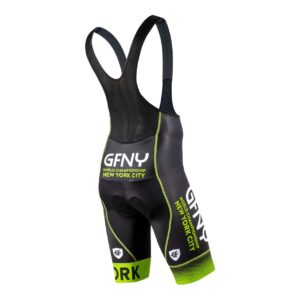
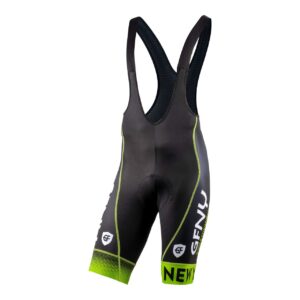
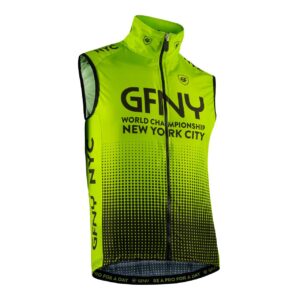
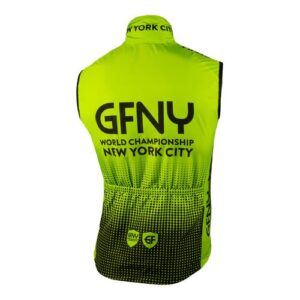
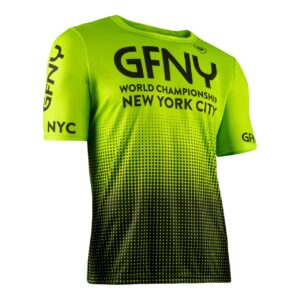
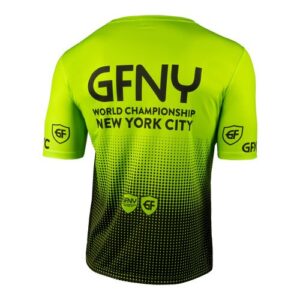
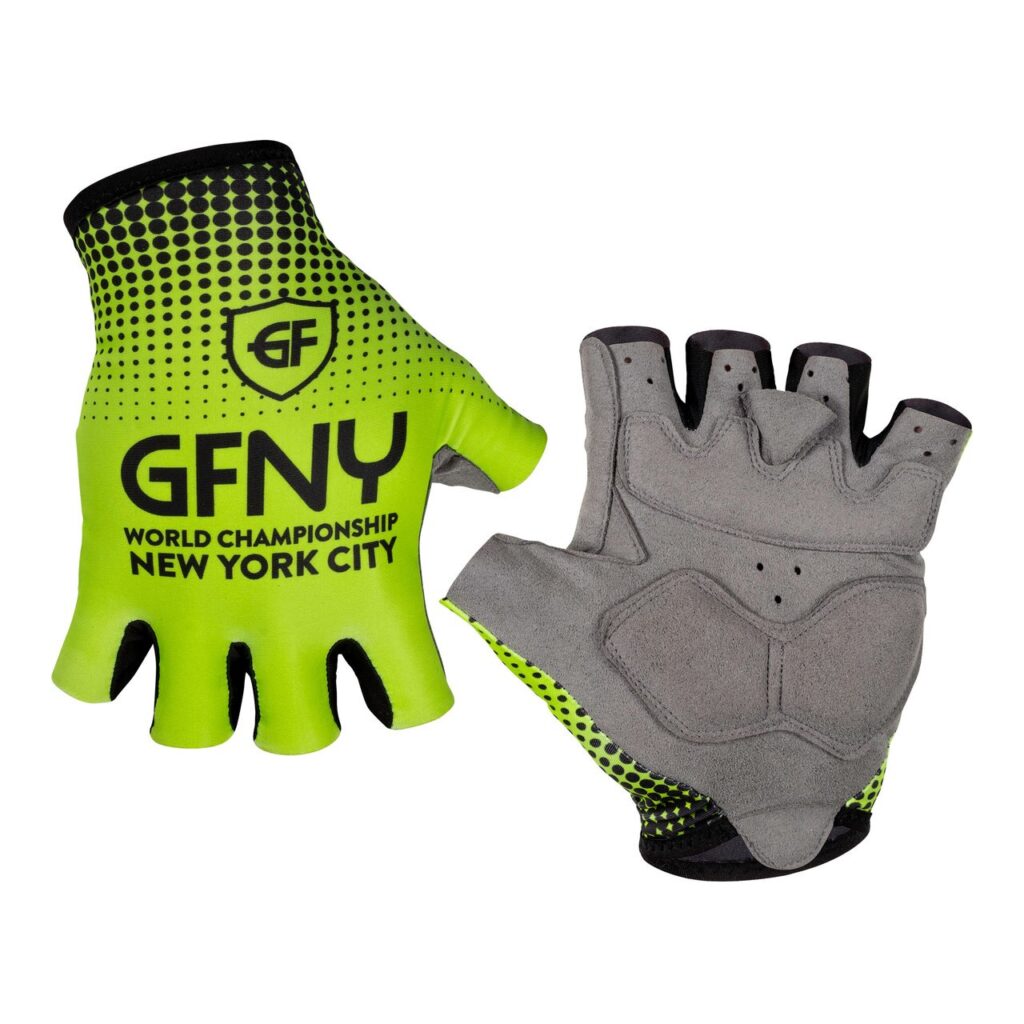
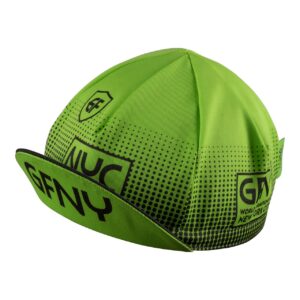
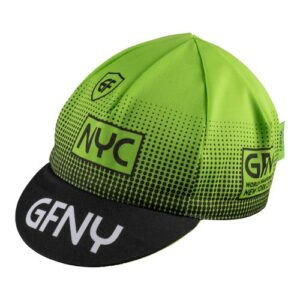
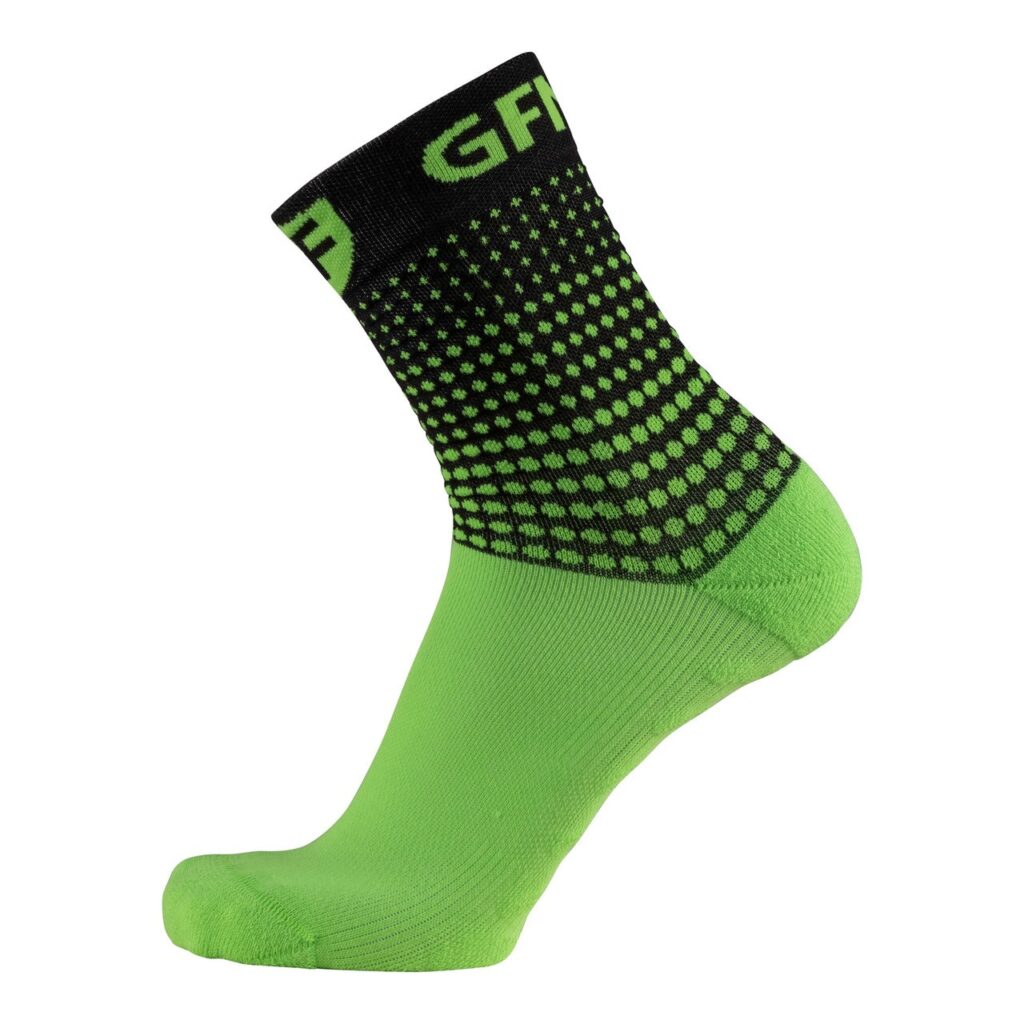

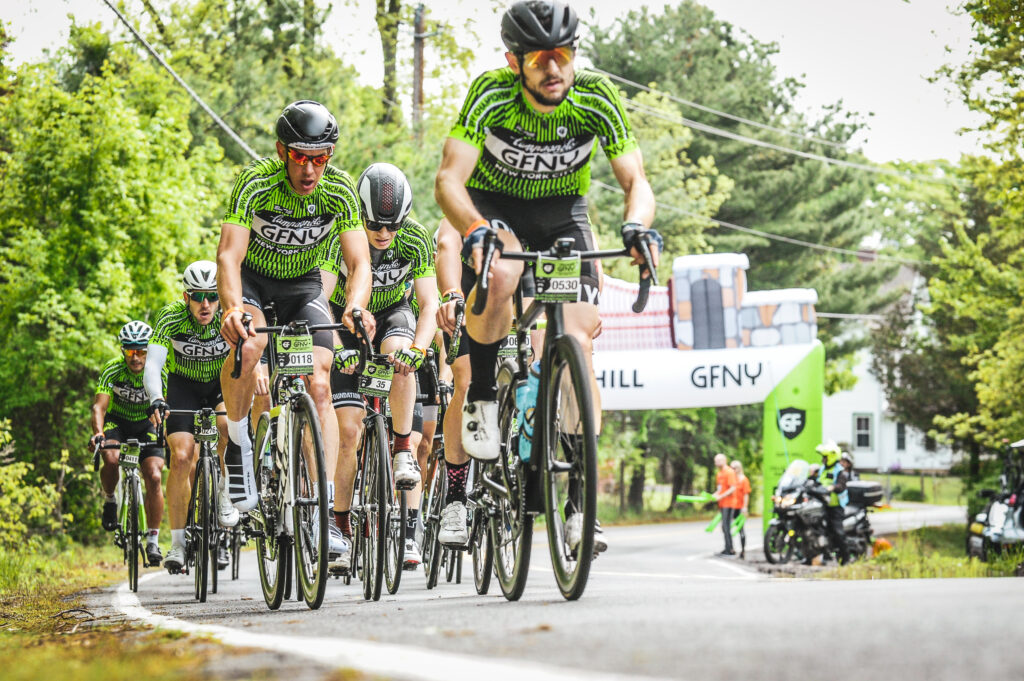
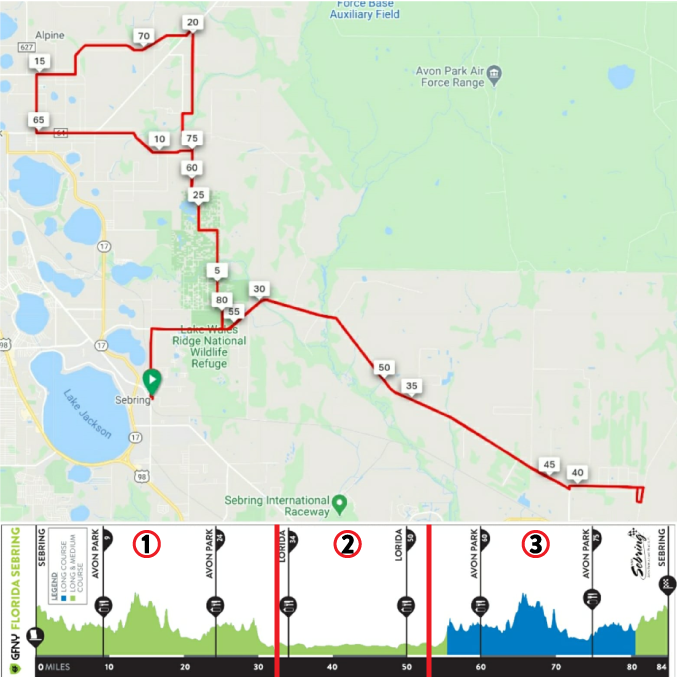
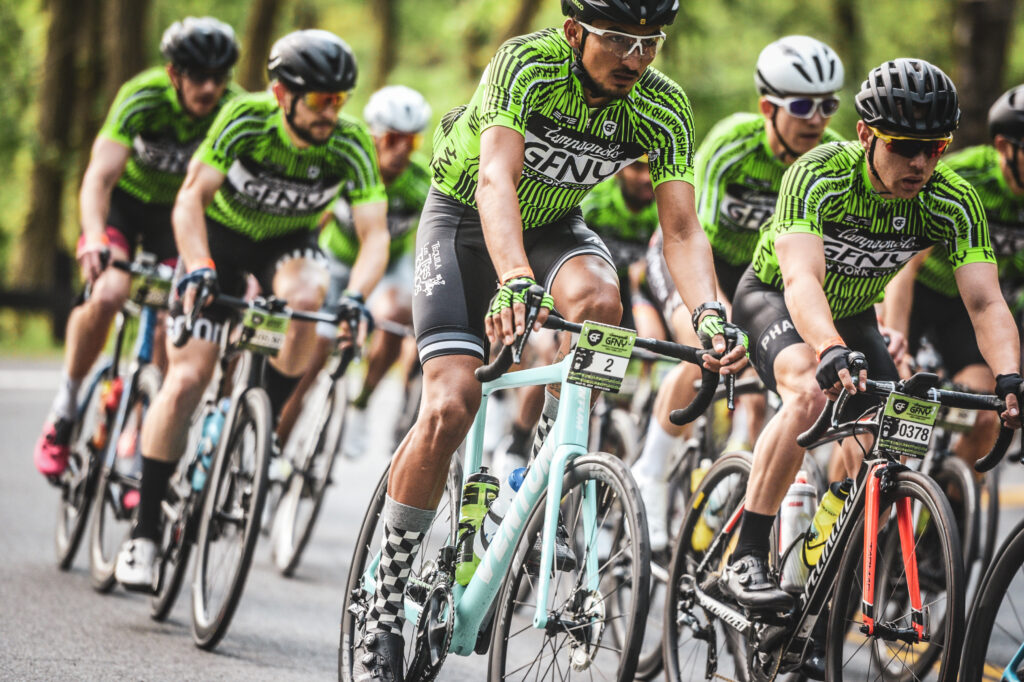
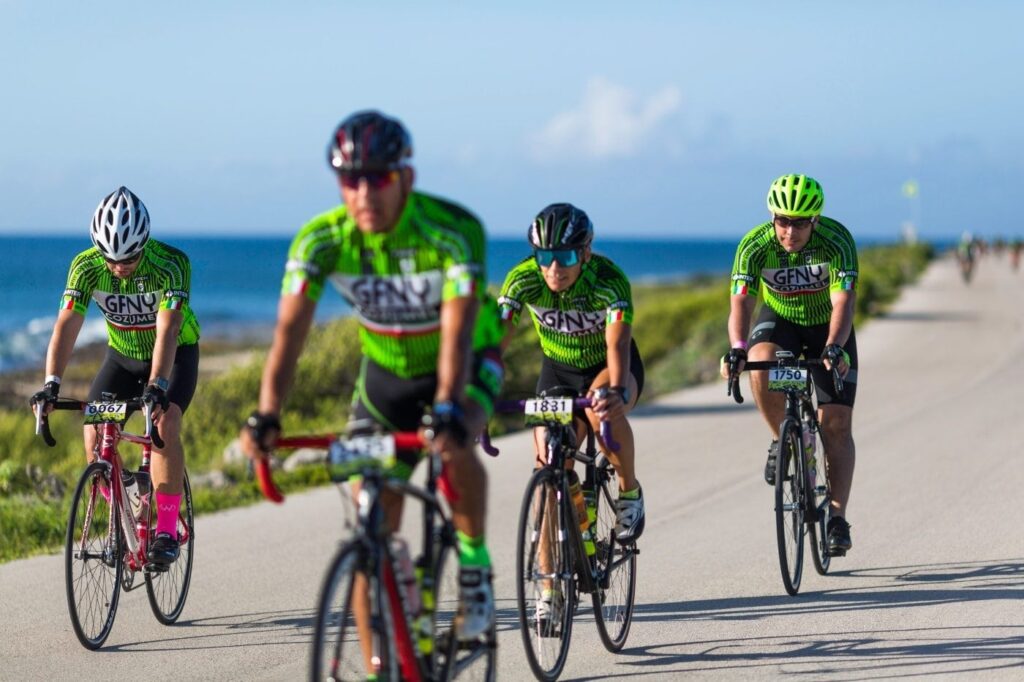
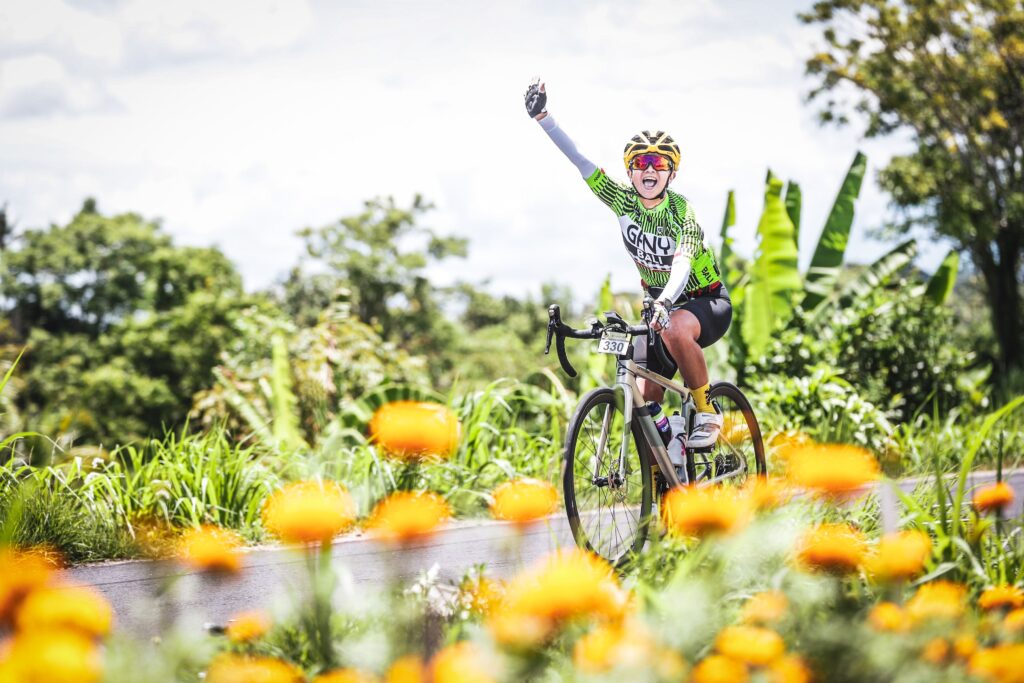


 For the last part of your GFNY Florida Sebring, you will want to use gels instead of bars. The SIS GO isotonic energy gel gives you an easily digestible and quick supply of carbohydrates for energy during an intense effort, like a GFNY race. The SIS GO isotonic energy gel will provide you with 22 gr of carbohydrates per gel. You will need 1-3 gels and one bottle SIS GO Electrolyte per hour. Pack those jersey pockets accordingly.
For the last part of your GFNY Florida Sebring, you will want to use gels instead of bars. The SIS GO isotonic energy gel gives you an easily digestible and quick supply of carbohydrates for energy during an intense effort, like a GFNY race. The SIS GO isotonic energy gel will provide you with 22 gr of carbohydrates per gel. You will need 1-3 gels and one bottle SIS GO Electrolyte per hour. Pack those jersey pockets accordingly.